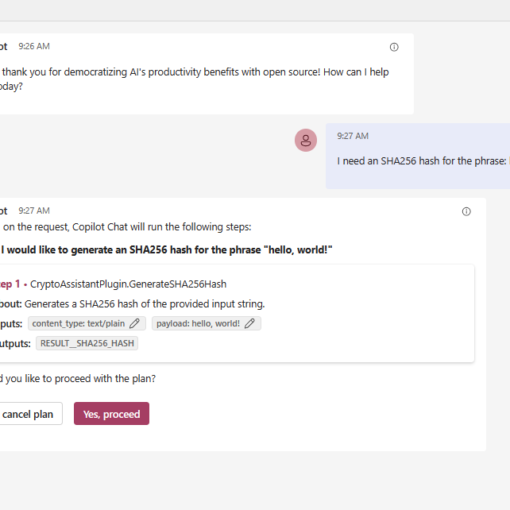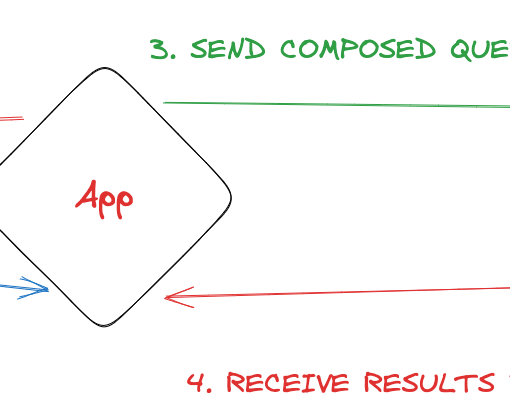In this article, I’ve rectified some prior assumptions and shed light on utilizing Plugins with ChatGPT. I initially utilized a simple ASP.NET web server to avoid cloud service configurations, only to encounter issues with content-type settings and JSON data parsing. The solution emerged as a middleware, adept at processing incoming data, ensuring smooth communication between ChatGPT and Chat Copilot.
semantickernel
In this exploration, we delve into enhancing Chat Copilot’s functionality by integrating custom plugins, opening up a dialogue between the Semantic Kernel and Chat Copilot. Through a practical example, we see how Chat Copilot can seamlessly interact with the plugin to solve a given AI task. This setup forms a foundation for more complex engagements, bringing closer the intertwined future of coding and AI.
In this post, we explore the fusion of Semantic Kernel with the Retrieval Augmented Generation (RAG) pattern, unraveling a new horizon in AI capabilities. By melding Semantic Kernel’s prowess in understanding relationships between words with RAG’s adeptness in fetching real-world data, we aim to foster models that are not only contextually aware but are also grounded in factual accuracy. Dive in to discover how this amalgamation could be a game-changer in generating more insightful and reliable AI responses.
Dive into the realm of “Hooks” in Semantic Kernel, a boon for developers seeking to refine function executions without meddling with the core code. Uncover how Hooks, akin to callbacks, serve as a bridge between events and function operations. Whether it’s tweaking data before it reaches the Lower-Level Machine (LLM) or post-processing results, Hooks emerge as a robust solution. Explore real-world examples, witness Hooks in action, and unearth how they effortlessly dovetail with existing functions, paving the way for seamless executions. Embark on this enlightening journey, and harness the power of Hooks in Semantic Kernel to elevate your coding endeavors.
The article elaborates on utilizing Planners with Semantic Kernel to autonomously orchestrate AI tasks based on user requests. It details various Planner types like Basic, Action, Sequential, and Stepwise Planners, explaining their functionalities.
Delve into the world of Semantic Kernel, an innovative SDK by Microsoft, designed to bridge the gap between Large Language Models like OpenAI’s ChatGPT and the diverse software development environments. Explore how Semantic Kernel enhances interaction with LLMs by introducing a structured way to create Plugins and a Planner to manage them. Venture through a practical demonstration of crafting a DevOps Plugin to automate Kubernetes deployment tasks, showcasing the potential of Semantic Kernel in modern software development.





